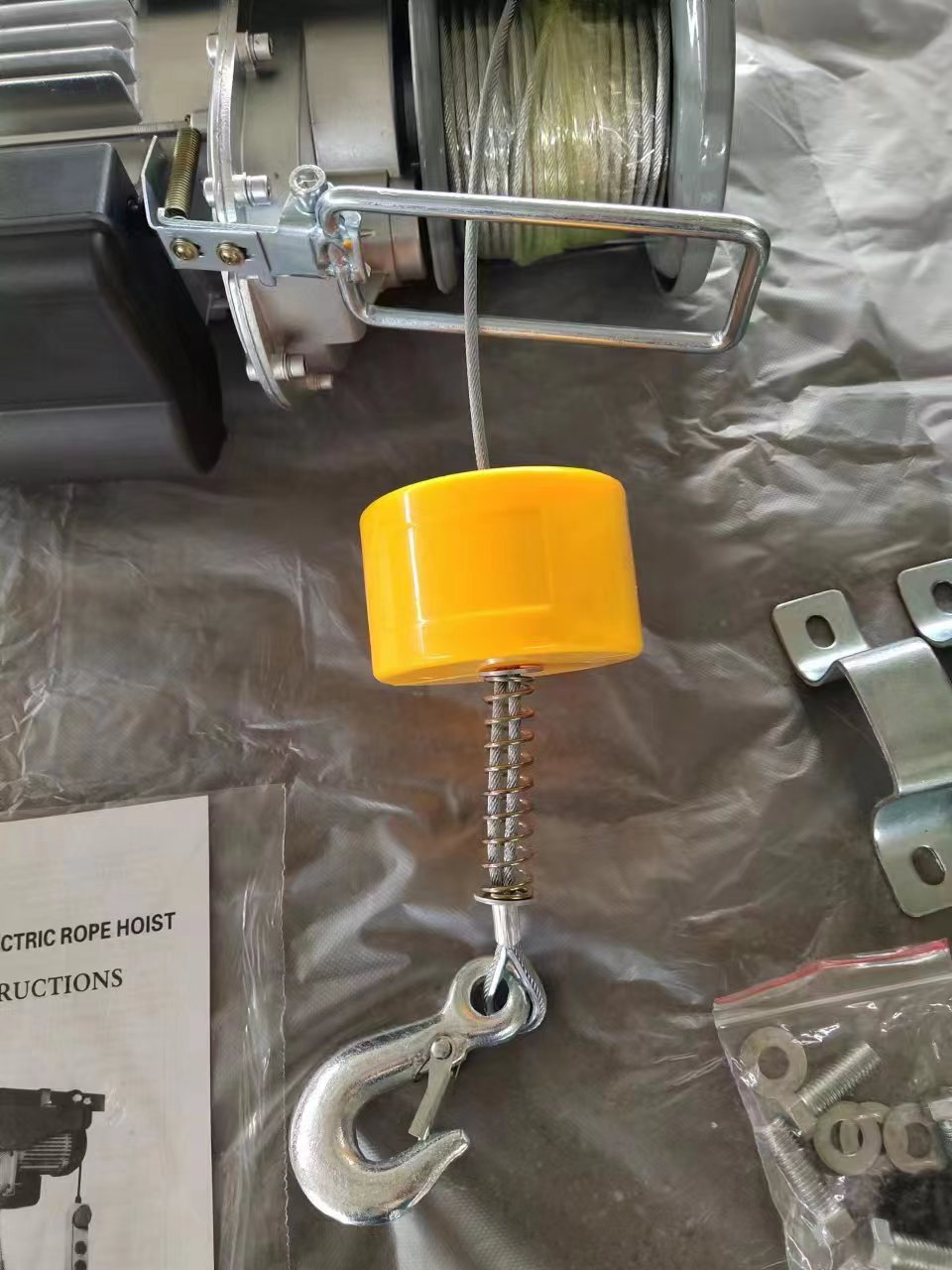


Understanding Chain Block Design A Key Concept in Structural Engineering
Chain block design is a fundamental concept in structural engineering, particularly when it comes to lifting and hoisting systems. This design principle refers to the arrangement and functionality of the chain block, a device used to lift heavy loads using a chain and pulley system. As industrial operations increasingly demand efficiency and safety in lifting operations, understanding chain block design becomes crucial for engineers, operators, and safety professionals.
At its core, a chain block, or chain hoist, operates by using a chain wrapped around a sprocket that reduces the effort required to lift a load. The mechanical advantage created by the chain system allows users to handle heavy loads with relative ease. The design typically consists of several key components the chain, the block, the hook, and the ratchet mechanism. Each of these components must be designed with precision to ensure that the entire system operates smoothly and safely.
The Importance of Load Capacity
Load capacity is one of the most critical aspects of chain block design. Every design needs to accurately account for the maximum weight that the chain block can lift without failure. Engineers use materials that can withstand high tensile forces, ensuring the chain and other critical components do not deform or break under stress. Moreover, the load capacity must be clearly marked on the chain block to ensure operators are aware of the limits and can avoid overloading the system, which can lead to dangerous failures.
Selecting the Right Materials
The materials used in chain block design are vital for ensuring durability and performance. Typically, high-strength steel is used for the chain and other load-bearing components because of its excellent tensile strength. However, weight and corrosion resistance must also be considered, leading to the use of various coatings or stainless steel in environments where corrosion could be a concern. The choice of materials directly impacts the overall design and functionality, balancing strength, weight, and resistance to environmental factors.
Ergonomics and User Interface

A well-designed chain block will also take into account user ergonomics and ease of operation. This involves designing handles and operating mechanisms that allow for comfortable and safe use over extended periods. The layout of controls and the design of the pull chain must facilitate effective and safe lifting. Innovations in ergonomic design can help reduce the physical strain on operators, improving safety and productivity in the workplace.
Safety Features
Safety is paramount in chain block design. Engineers must incorporate multiple safety features to prevent accidents. These can include overload protection, which automatically stops operation when the load exceeds the safe limit, and safety hooks that prevent the load from accidentally detaching. The design process must also adhere to relevant safety standards and regulations, ensuring that the final product is fit for use in various environments, from manufacturing plants to construction sites.
Maintenance Considerations
Regular maintenance is essential to the longevity and reliability of chain blocks. In the design process, consideration should be given to how easy it is to access components for inspection and maintenance. Features such as removable covers or accessible lubrication points can facilitate regular checks and prolong the life of the equipment.
Conclusion
In summary, chain block design is an intricate process that involves careful consideration of load capacity, material selection, ergonomic design, safety features, and maintenance needs. As industries continue to evolve, the principles of chain block design will remain a vital part of ensuring safe and efficient lifting operations. By understanding these fundamentals, engineers and operators can contribute to creating safer workplaces and more efficient industrial processes.



